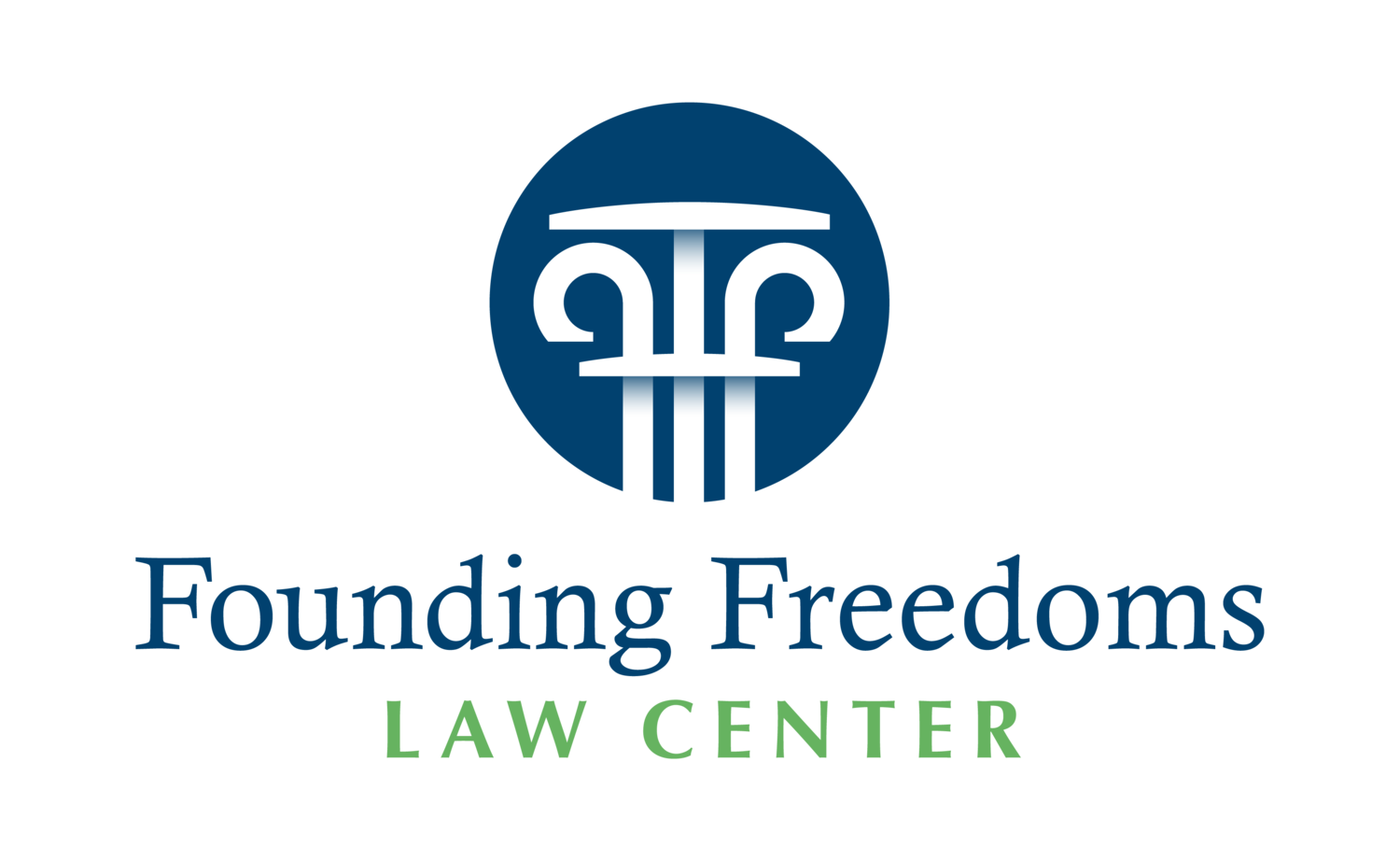Roe is Reversed
It is my honor and privilege to pen these words at this historic time in our Nation. The egregious and horrific decision of Roe v. Wade was overturned at 10:10 a.m. on June 24, 2022. It feels unreal to write those words and know that they ring true and are no longer hopeful aspirations for the future. The 6-3 decision comes following the upholding of Mississippi’s Gestational Age Act (Miss. Code Ann § 41-41-191) in Dobbs v. Jackson Women’s Health Organization, which held that “The Constitution does not confer a right to abortion; Roe and Casey are overruled; and the authority to regulate abortion is returned to the people and their elected representatives.”
Roe v. Wade was arguably the worst Court opinion in the 232 years of Supreme Court history. It purported to find a constitutional right to take the life of an innocent person for any reason or no reason. And for 50 long and blood-soaked years, Roe stood as “law of the land” effectively tying the hands of many Americans behind their back, prohibiting them from saving the most vulnerable among us from the barbaric practice of abortion. Despite abortion advocates’ attempts to “normalize” the practice, dehumanize the child in the womb, and gaslight mothers into believing they can’t succeed with a child, abortion is not and will never be a fundamental right.
In the Dobbs majority opinion, Justice Alito ripped Roe to shreds for the fraudulent legal opinion that it was. Roe danced around the reality of life in the womb, spinning itself down philosophical and historical rabbit trails, and then abandoning them when they didn’t support the argument. It was full of falsehoods and evasive reasonings that barely touched the Constitution. Justice Alito acknowledged that when he stated the following, “Roe either ignored or misstated this history, and Casey declined to reconsider Roe’s faulty historical analysis. It is therefore important to set the record straight.” Only judicial activism allowed for the so-called “fundamental right” to abortion in Roe, and only judicial activism sustained it in the 1992 Planned Parenthood v. Casey decision. As Justice Alito rightly observed, “Roe was on a collision course with the Constitution from the day it was decided, Casey perpetuated its errors[.]”
Even the 1973 proponents of abortion recognized that Roe was a mental pretzel that could set a bad precedent for the Court. More than any other case before it, Roe steered away from the true judicial role of the highest Court in our nation and instead, as the Court noted, “The scheme Roe produced looked like legislation, and the Court provided the sort of explanation that might be expected from a legislative body.” The Court has taken a step in the right direction by reversing the wrong that was grievously committed 50 years ago. The Dobbs decision marks a seismic shift in the Court to a return to the rule of law according to the actual text of the Constitution.
The crutch that Roe created for itself, and which Casey sustained, was a supposed right to abortion found mainly from the 14th Amendment. The 14th Amendment has been used as the basis on which privacy-related cases, heard as far as hundred years before Roe, found such rights to privacy. It was upon this non-explicit right that the “right” to abortion was created. Yet, the Court in Dobbs repeatedly made it clear that abortion is not like any other privacy-related case since “it destroys what those decisions called ‘fetal life’ and what the law now before us describes as an ‘unborn human being.’” In Dobbs, Alito laid out the true intent of the 14th Amendment, which is to guarantee rights not mentioned in the Constitution. However, he clearly explained that the right must be “deeply rooted in this Nation’s history and tradition” and “implicit in the concept of ordered liberty.” Justice Alito laid out, in detail, the history of abortion in the U.S., leaving no doubt that abortion was never deeply rooted in our Nation’s history and tradition. It was a crime in most states up until the decision in Roe v. Wade in 1973. Alito was straightforward when he stated, “The right to abortion does not fall within this category.”
Alito peels back the layers of Roe’s foundation, revealing it to be entirely fabricated and held together only by its own twisted logic, which could not withstand scrutiny, adding that the “decision was more than just wrong. It stood on exceptionally weak grounds.” He carefully evaluated every argument that Roe and Casey laid and deconstructed it. By the end of the thorough legal analysis provided in Dobbs, Roe and Casey had nothing left to stand on.
This is a historic moment that is pivotal to our nation. Yet while Dobbs is a significant and a much prayed over decision, abortion is still legal in most places across the U.S. States like New York still allows abortions up to birth, and California is pursuing a bill that would make infanticide legal (AB 2223). And unfortunately in Virginia, abortion is still legal in all three trimesters. Many states, however, had “trigger laws” to revert back to their pre-Roe laws that went into effect immediately, while others are quickly pursuing similar laws, making abortion illegal at all stages of gestation. This will inevitably result in thousands of lives saved, and for that we should rejoice. But our work will not be done until abortion is illegal, and ultimately unthinkable, throughout our nation.
